The great American museum boom
Nine of the world’s top ten most expensive, recently announced cultural projects are in the US. What is driving this investment, and is this statistic sustainable?
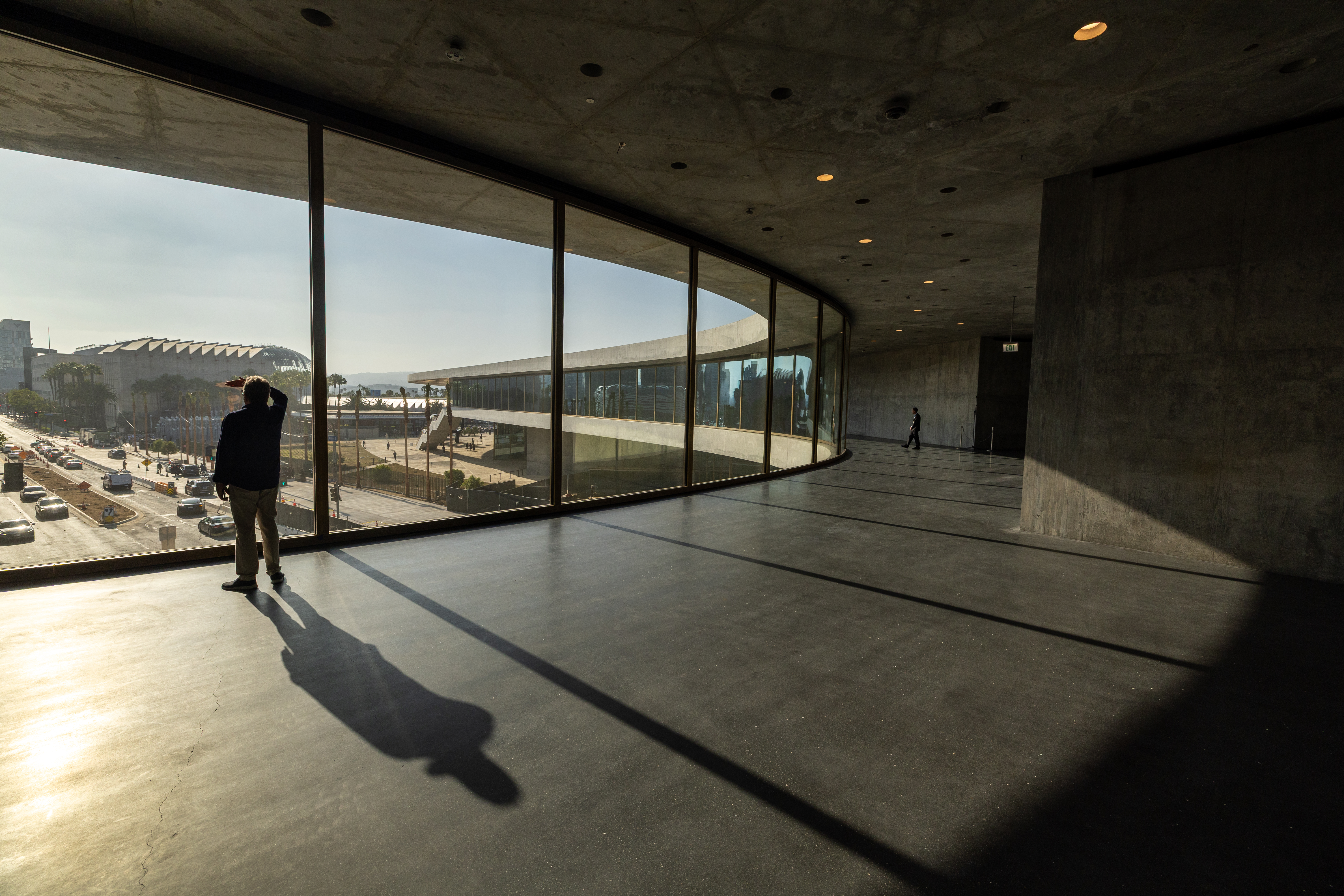
Shut your eyes and jab a finger at a map of the US and you will likely find a brand new, freshly spruced up or forthcoming art museum within driving distance of your digit.
In the Great Plains, there’s the Joslyn Art Museum in Omaha, Nebraska, with its sweeping new wing by Snøhetta. Venture south and you’ll encounter the Memphis Brooks Museum of Art in Tennessee, by Herzog & de Meuron, and can look forward to the development of a Nelson-Atkins Museum of Art expansion, in Kansas City, Missouri, currently being designed by Weiss Manfredi. Head to New York and discover the reimagined Frick Collection, a Beaux Arts-era mansion overhauled by Selldorf Architects, in addition to soon-to-open expansions of the New Museum, Studio Museum and the Metropolitan Museum of Art, helmed by OMA, Adjaye Associates and Frida Escobedo Studio, respectively.
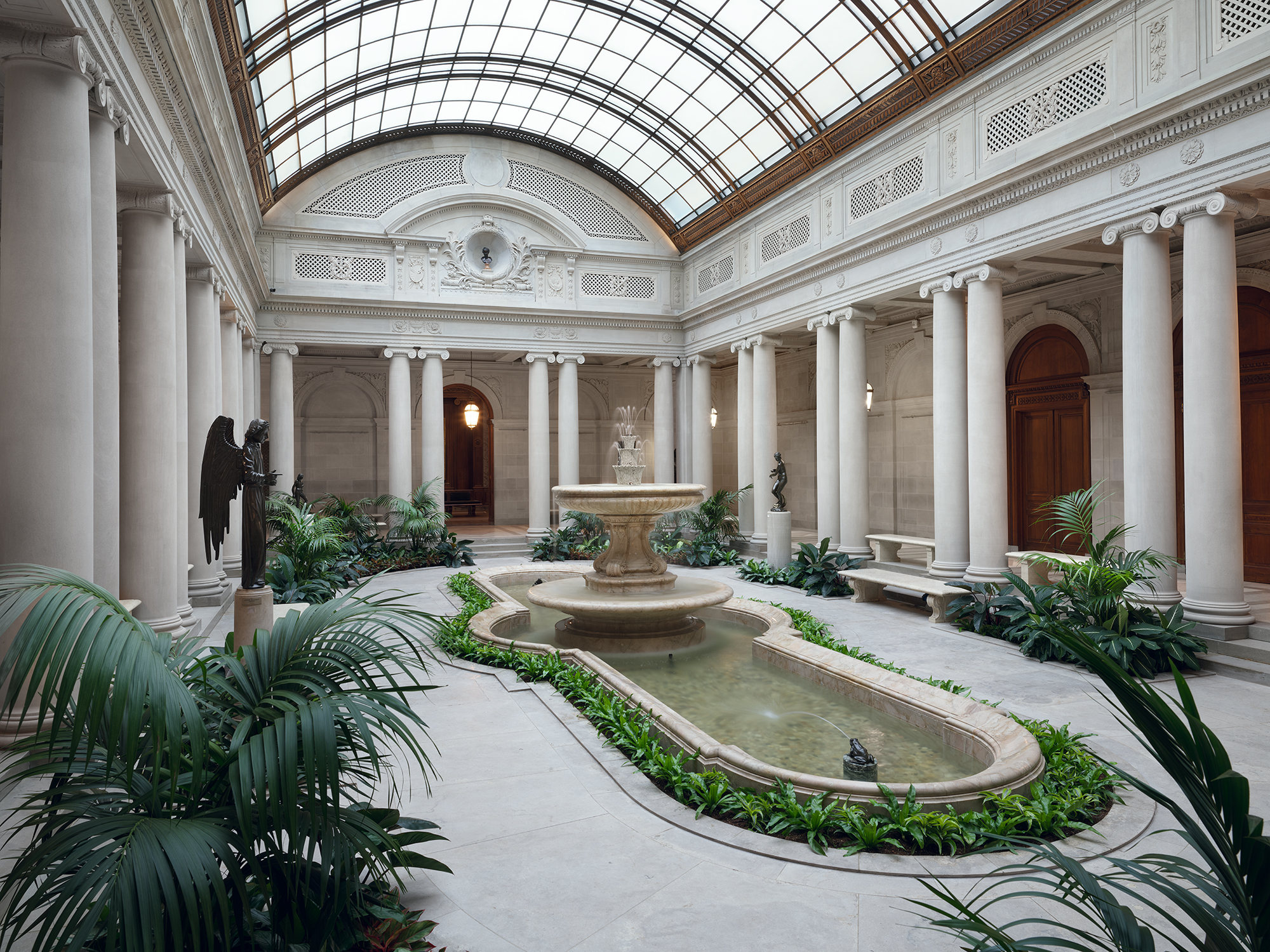
Inside the Frick Collection by Selldorf Architects
Museums are getting bigger on the western seaboard, too. The Los Angeles County Museum of Art (LACMA) will soft launch its Peter Zumthor-designed extension this summer, while The Broad, completed only a decade ago, is also getting a makeover – it just broke ground on a new 50,000 sq ft addition by Diller Scofidio + Renfro. And that’s not even touching on projects in the wider cultural sphere, such as the revamped Storm King sculpture park in New York’s Hudson Valley, or the Doris Duke Theatre at Jacob’s Pillow by Mecanoo, the performing arts centre slated to open this summer.
According to data collected by AEA Consulting, a global firm that offers strategic services for the cultural sector, around 90 new cultural projects were announced in North America last year alone. ‘The museum sector has been on a long-term building binge,’ says AEA founder Adrian Ellis.
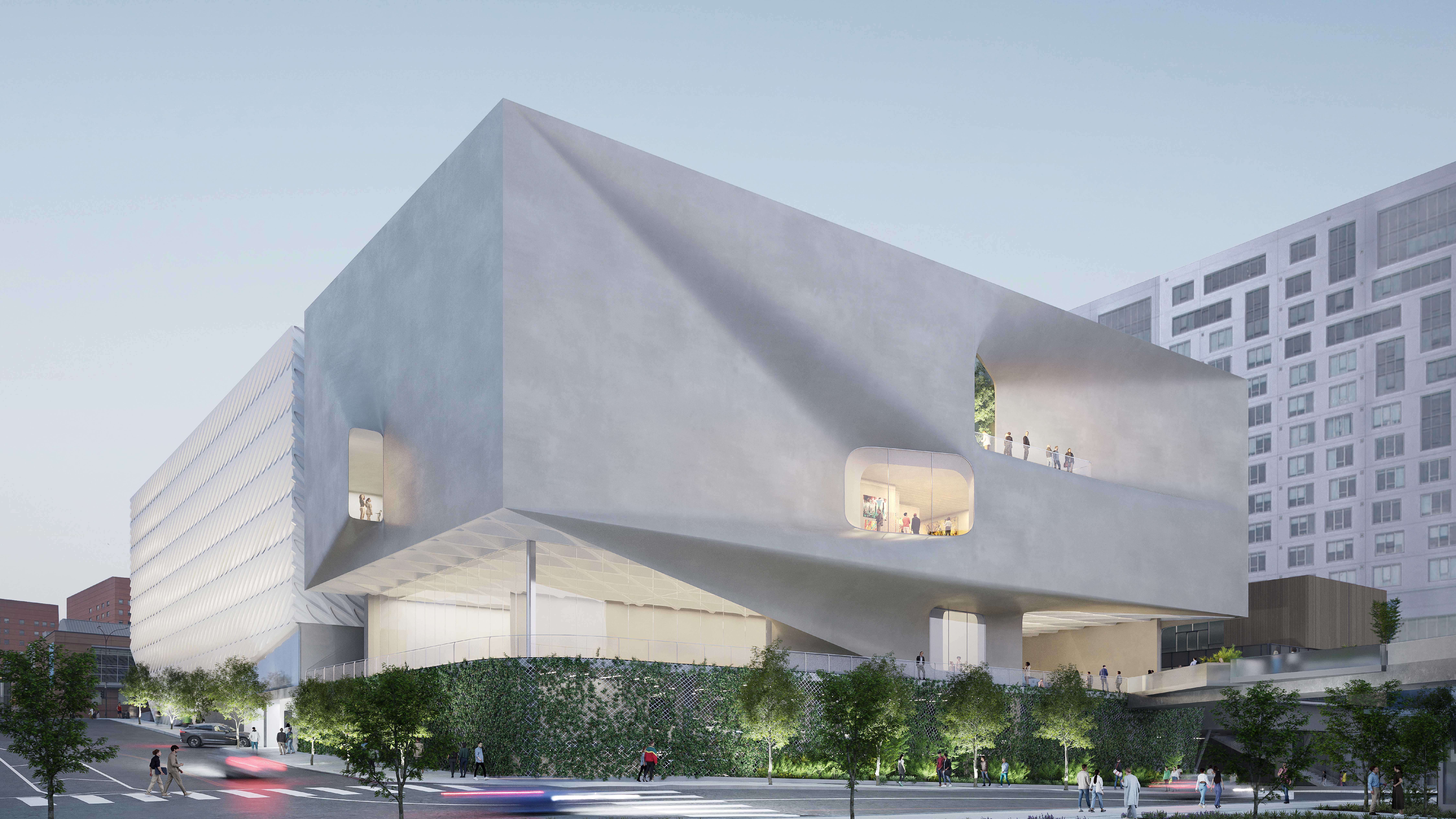
The Broad's proposed extension by Diller Scofidio + Renfro
This may seem paradoxical, especially for the US, which has been plagued by culture wars and budget cuts, so what is behind the boom? One obvious culprit is the Covid-19 pandemic, which saw construction projects around the world grind to a halt before then picking up again. Aaron Dorf, a director at architecture firm Snøhetta, thinks museum work has always been cyclical, but the pandemic definitely contributed to a fresh wave of activity. ‘There were probably plenty of institutions that were in the pre-planning phase and hit pause, so that shifted the timeline for a number of them,’ he says. But there is more than that at play. One of the biggest drivers, says Brian Butterfield, a director at Why Architecture, is quite simply to do with building lifecycles.
‘Museums want to stay relevant. To do that, you have to evolve. And mostly, that means big capital projects.’
Brian Butterfield, a director at Why Architecture
'The biggest failure point of museums is the mechanical systems,’ he says, citing critical conservation infrastructure, such as temperature and humidity control. ‘Every 20-30 years, you have to replace them.’ Renovations and expansions are a prime opportunity to not only upgrade ageing systems but also to fund them. ‘It’s quite hard to raise a lot of money for what a layperson sees as an air conditioning replacement project,’ notes Butterfield, pointing to his firm’s recent overhaul of the 40,000 sq ft Michael C Rockefeller Wing at the Met, a portion of the museum that first opened more than four decades ago. Working with the Met’s design team, as well as Beyer Blinder Belle, they were able to reinstall art collections from Africa, Oceania and the Americas, but also incorporate digital features, display light-sensitive works (some on view to visitors for the first time) and conduct a complete mechanical overhaul. ‘The public sees the gallery renovation, but underneath the skin is a full systems upgrade that will hopefully last another 50 years,’ says Butterfield.
Ellis sees the recent uptick in museum openings and expansions as part of a longer trajectory, one that began way back in 1997 with the opening of Bilbao’s Guggenheim Museum, designed by Frank Gehry. Cities began to look for more ways to make themselves appealing to both residents and visitors. ‘One of the things those cities alighted on was cultural infrastructure,’ says Ellis. ‘Bilbao was the poster child for this.’
Receive our daily digest of inspiration, escapism and design stories from around the world direct to your inbox.
Institutional soul-searching combined with macro trends such as globalisation, the need for heightened security post-9/11, and the ability to access culture in the palm of your hand via a smartphone, among other factors, necessitated a radical shift in the way museums got built, how they courted visitors and how they stacked up against their peers.
‘The tricky thing with museums is how do you keep your existing audience while attracting new ones that are younger and more diverse?’ says Butterfield. ‘Museums want to stay relevant. To do that, you have to evolve. And mostly, that means big capital projects.’
The LACMA extension, which has been in the works for nearly two decades, is a case in point. Its David Geffen Galleries will add nearly 110,000 sq ft to the museum. The project will not only comprise traditional spaces for art viewing, but also a new visitor entrance, outdoor plazas, a theatre, a store, dining destinations and educational facilities.
And museums aren’t the only ones thinking about the future; it’s a question that America’s ageing donor class also has top of mind. ‘There’s a certain generation with priceless art collections. And there are a lot of big capital projects that are being driven by promised gifts,’ says Butterfield.
The Joslyn’s new wing, for example, was built in part to accommodate the collection of the late entrepreneur Phillip G Schrager, a monumental gift that included 52 works by the likes of John Chamberlain, Jenny Holzer, Roy Lichtenstein and Antony Gormley. And the drive is not just steered by philanthropists and collectors – museum directors are also thinking about their legacies. ‘How do you make your mark?’ says Ellis. ‘Often the easiest way is a capital project. It’s very concrete, no pun intended.’
The money for such projects is certainly out there. According to data collected by Ellis’ firm, of the world’s top ten budgets for recently announced cultural construction projects, nine are in the US. ‘We’re talking about a quarter of a billion to half a billion dollars in the larger projects. These are incredible sums of money,’ he says. ‘Where are these sums coming from? They’re coming from private philanthropy in one form or another. We’re living in a period that’s not dissimilar in many ways from the Gilded Age when all those big museums, like the Met, were formed a century ago.’
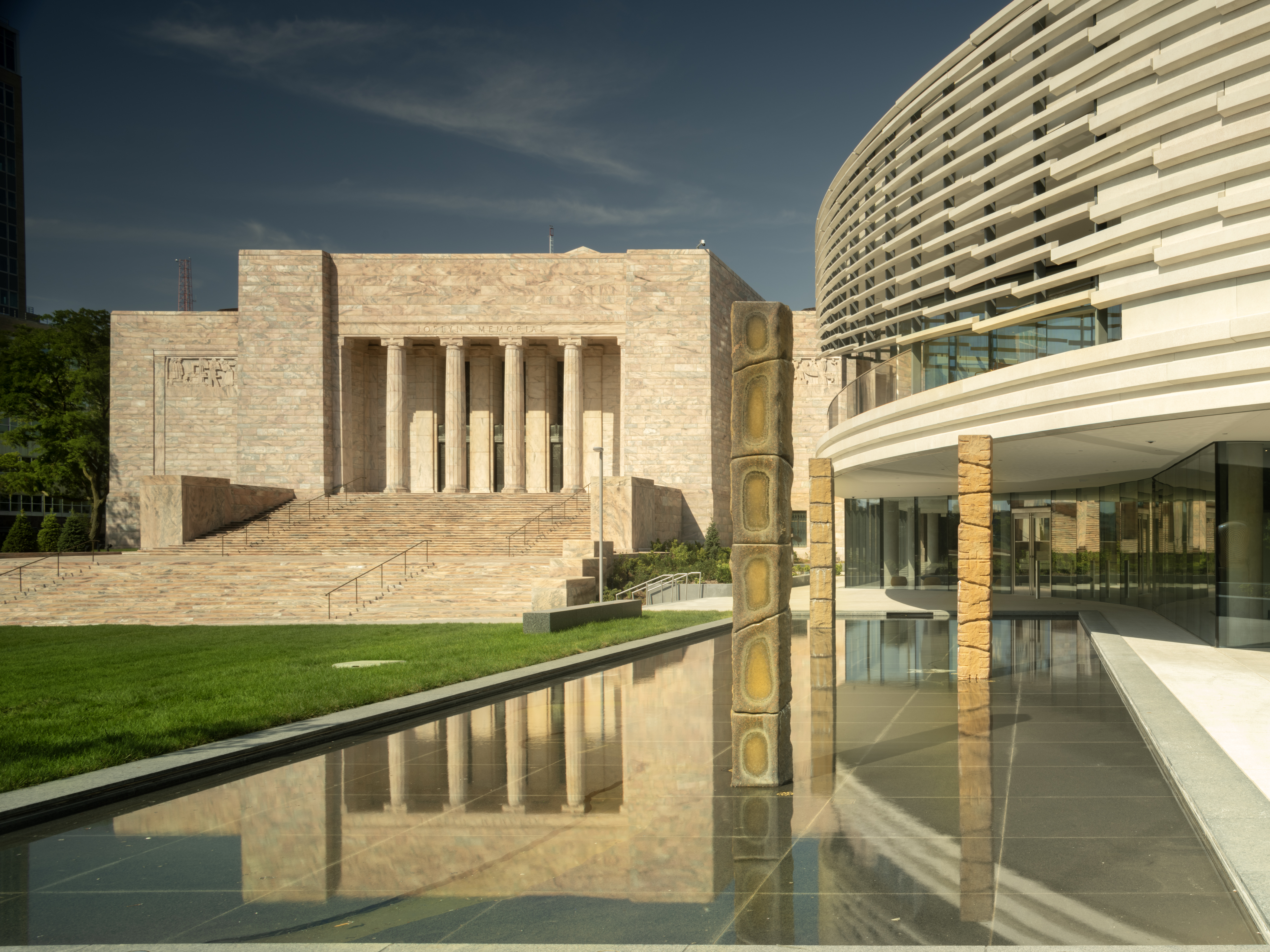
The Joslyn Art Museum's new wing by Snøhetta
However, it does look like this golden age for museum construction, at least in the Western world, is starting to slow down. ‘I think, to some extent, that trend has run or is running its course in Europe and America,’ says Ellis. Dorf concurs: ‘I think we’re on the downslope of a crest.’
The data supports those observations. According to the AIA’s April Architectural Billings Index, an indicator of construction health in the US, project billings have softened for 28 out of the past 31 months, which economists chalk up to uncertainty. Museums will likely feel the squeeze, too, says Ellis. ‘I’m not saying there’s going to be a precipitous decline, but I’m saying you may be looking at peak museum building as a function of peak museum planning.’
Which begs the question, are bigger museums better? ‘If you look at museums that people uniformly declare to be their favourite museums, they tend not to be enormous buildings but relatively modest, like the Sir John Soane’s Museum – they are relatable experiences,’ says Ellis. ‘Very few people put mega museums as their favourite. And I think there’s a lesson there that we probably need to learn.’ A lesson that half-billion-dollar budgets cannot buy.
Anna Fixsen is a Brooklyn-based editor and journalist with 13 years of experience reporting on architecture, design, and the way we live. Before joining the Wallpaper* team as the U.S. Editor, she was the Deputy Digital Editor of ELLE DECOR, where she oversaw all aspects of the magazine’s digital footprint.
-
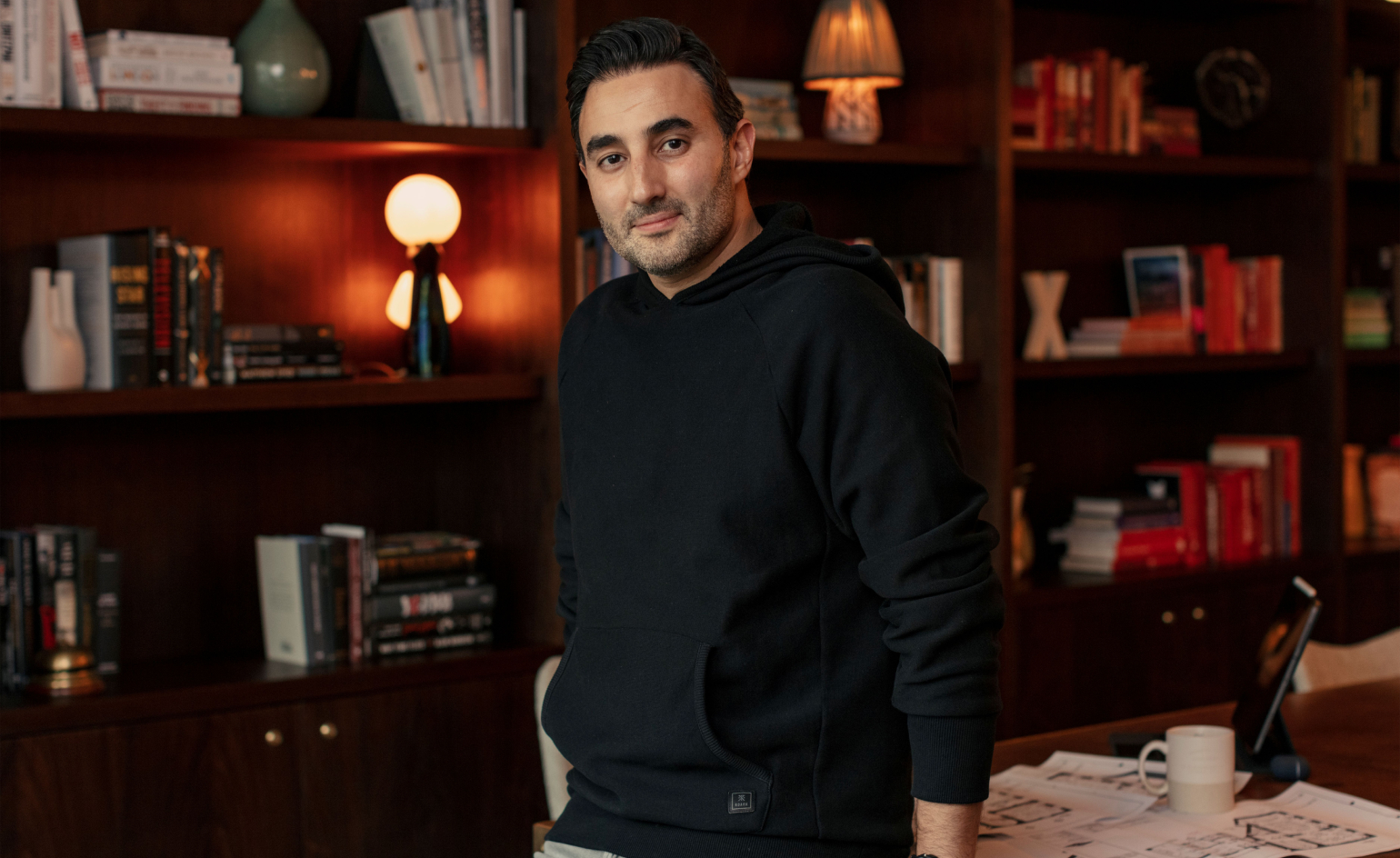 Wallpaper* Design Awards: why Sharan Pasricha is 2026’s Best Host
Wallpaper* Design Awards: why Sharan Pasricha is 2026’s Best HostWe salute the Indian-born, London-based hospitality entrepreneur who can’t stop thinking about ways to upgrade how we live, work and connect
-
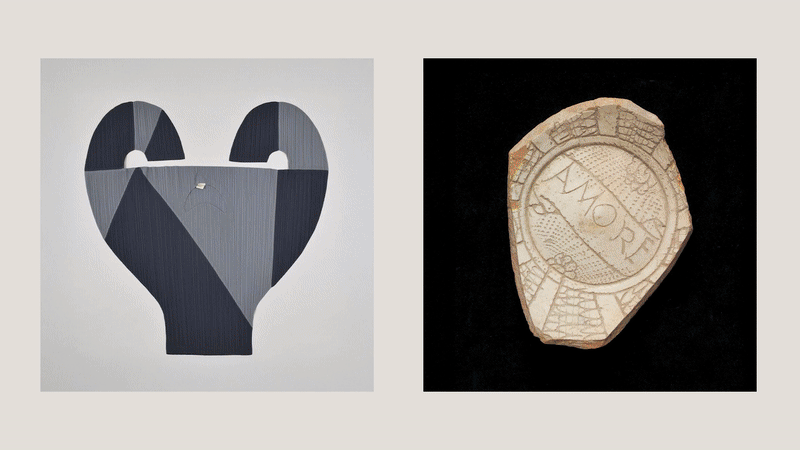 Wallpaper* Design Awards: London’s V&A East Storehouse is Launch of the Year 2026
Wallpaper* Design Awards: London’s V&A East Storehouse is Launch of the Year 2026Designed by Diller Scofidio + Renfro, the V&A family’s latest outpost turns the museum concept on its head, offering a revolutionary peek into the daily life of the institution’s Wunderkammer of a collection
-
 From jet bikes to electric speedsters, the CES debuts that might just fly
From jet bikes to electric speedsters, the CES debuts that might just flyCES 2026 brought new releases in the world of mobility tech, including a host of automotive AI innovations. We’ve rounded up the show's key debuts
-
 Own an early John Lautner, perched in LA’s Echo Park hills
Own an early John Lautner, perched in LA’s Echo Park hillsThe restored and updated Jules Salkin Residence by John Lautner is a unique piece of Californian design heritage, an early private house by the Frank Lloyd Wright acolyte that points to his future iconic status
-
 The Architecture Edit: Wallpaper’s houses of the month
The Architecture Edit: Wallpaper’s houses of the monthFrom wineries-turned-music studios to fire-resistant holiday homes, these are the properties that have most impressed the Wallpaper* editors this month
-
 The Stahl House – an icon of mid-century modernism – is for sale in Los Angeles
The Stahl House – an icon of mid-century modernism – is for sale in Los AngelesAfter 65 years in the hands of the same family, the home, also known as Case Study House #22, has been listed for $25 million
-
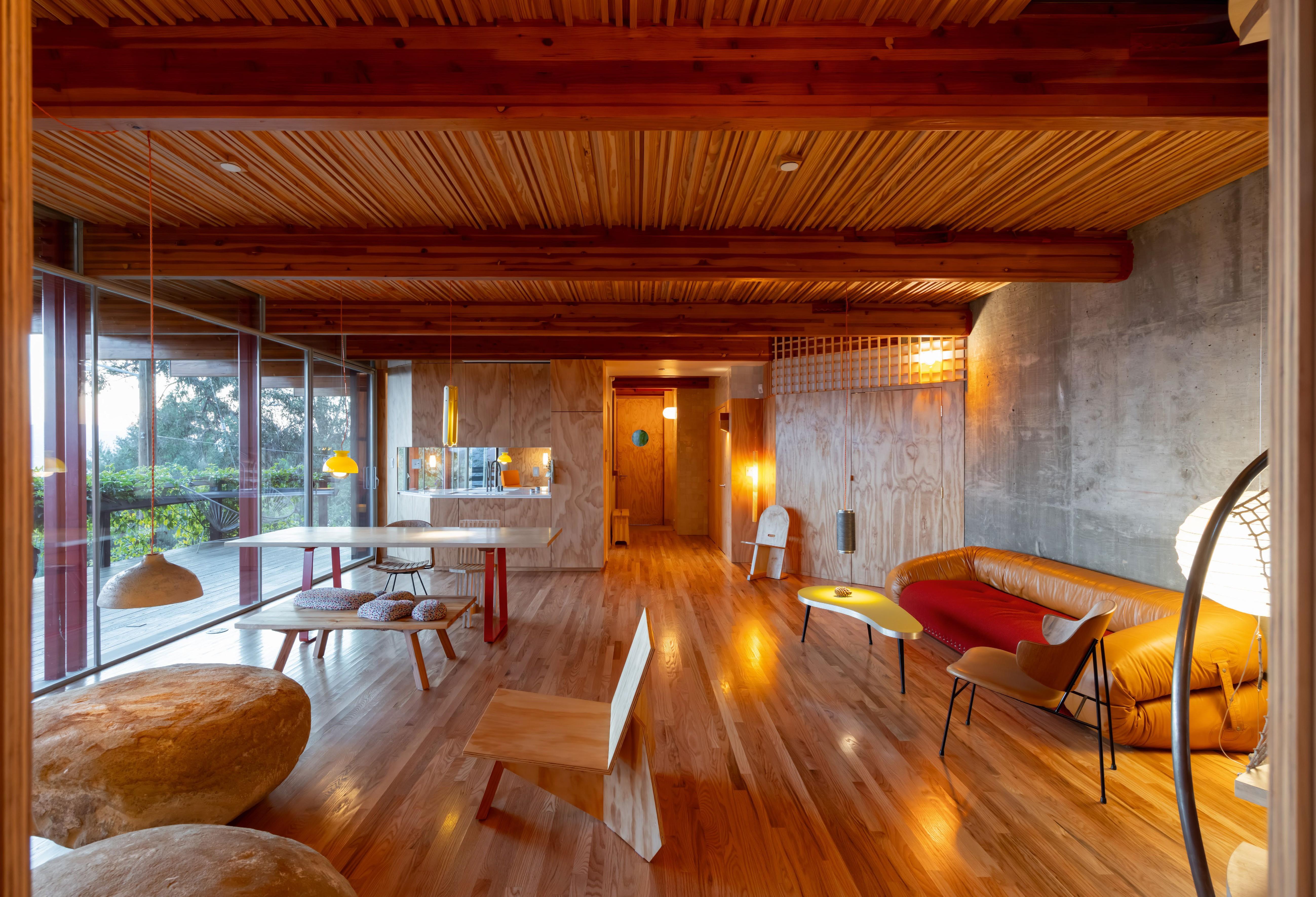 Tour Cano House, a Los Angeles home like no other, full of colour and quirk
Tour Cano House, a Los Angeles home like no other, full of colour and quirkCano House is a case study for tranquil city living, cantilevering cleverly over a steep site in LA’s Mount Washington and fusing California modernism with contemporary flair
-
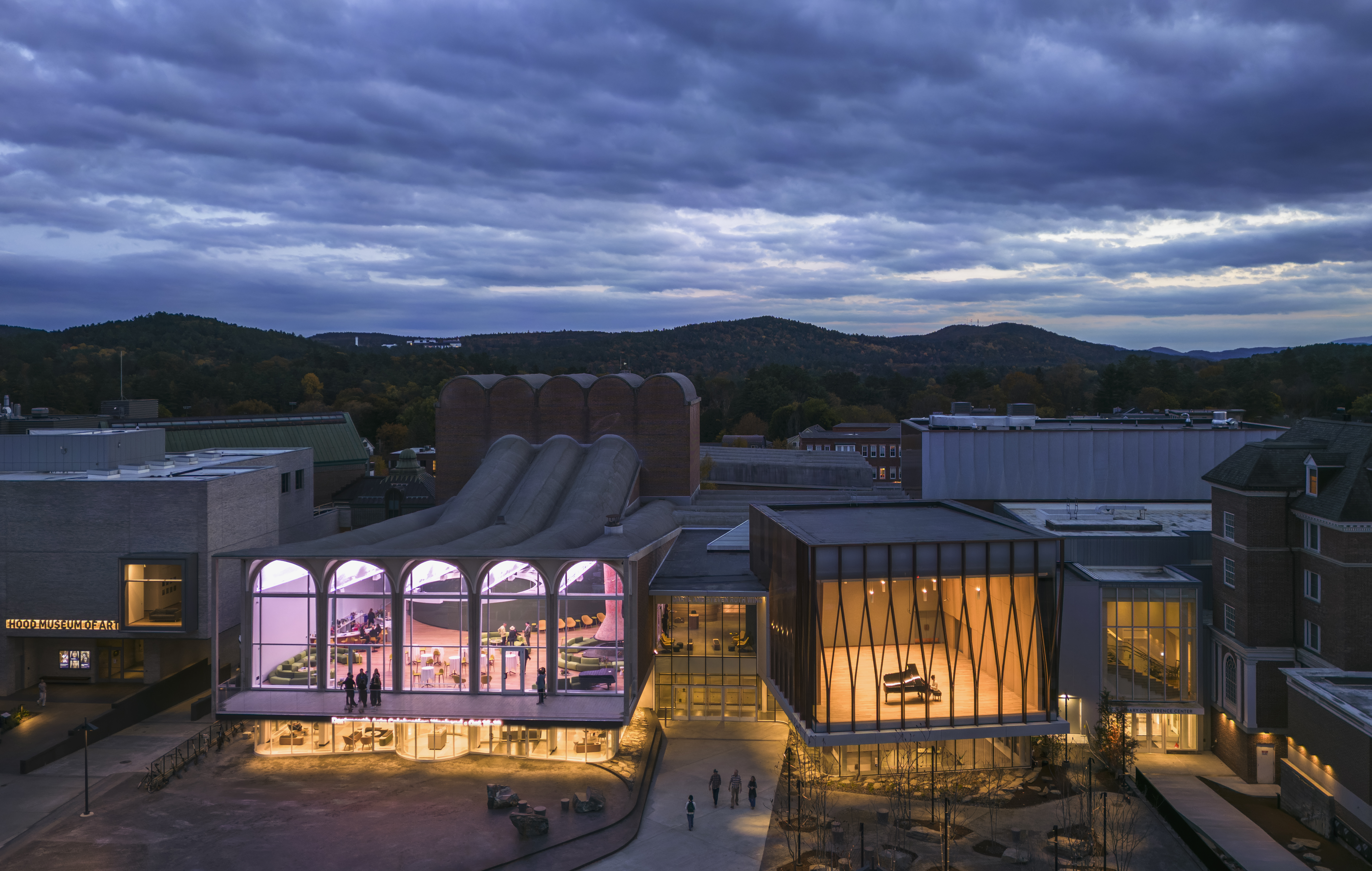 With a freshly expanded arts centre at Dartmouth College, Snøhetta brings levity to the Ivy League
With a freshly expanded arts centre at Dartmouth College, Snøhetta brings levity to the Ivy LeagueThe revamped Hopkins Center for the Arts – a prototype for the Met Opera house in New York –has unveiled its gleaming new update
-
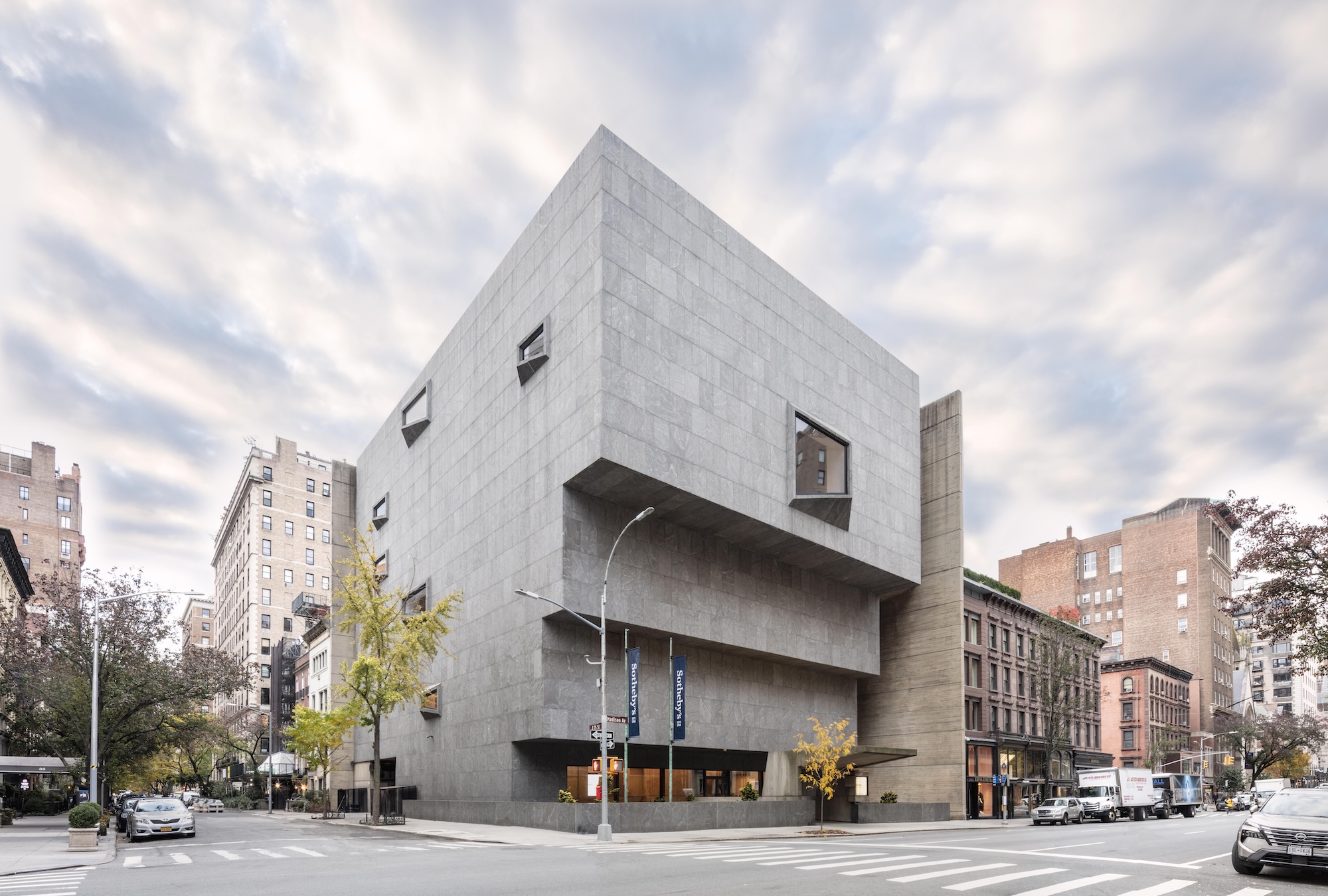 New York's iconic Breuer Building is now Sotheby's global headquarters. Here's a first look
New York's iconic Breuer Building is now Sotheby's global headquarters. Here's a first lookHerzog & de Meuron implemented a ‘light touch’ in bringing this Manhattan landmark back to life
-
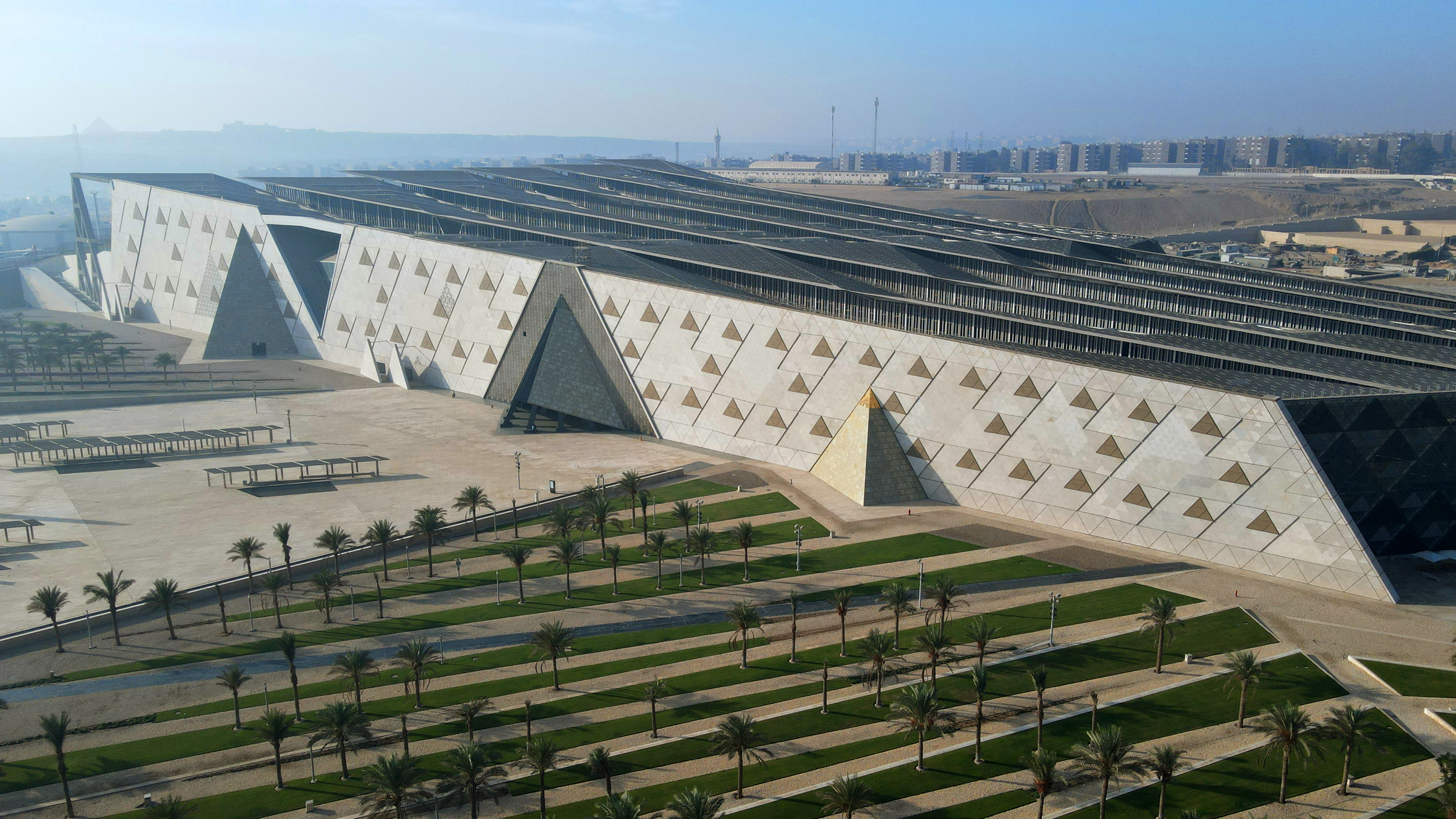 The Grand Egyptian Museum – a monumental tribute to one of humanity’s most captivating civilisations – is now complete
The Grand Egyptian Museum – a monumental tribute to one of humanity’s most captivating civilisations – is now completeDesigned by Heneghan Peng Architects, the museum stands as an architectural link between past and present on the timeless sands of Giza
-
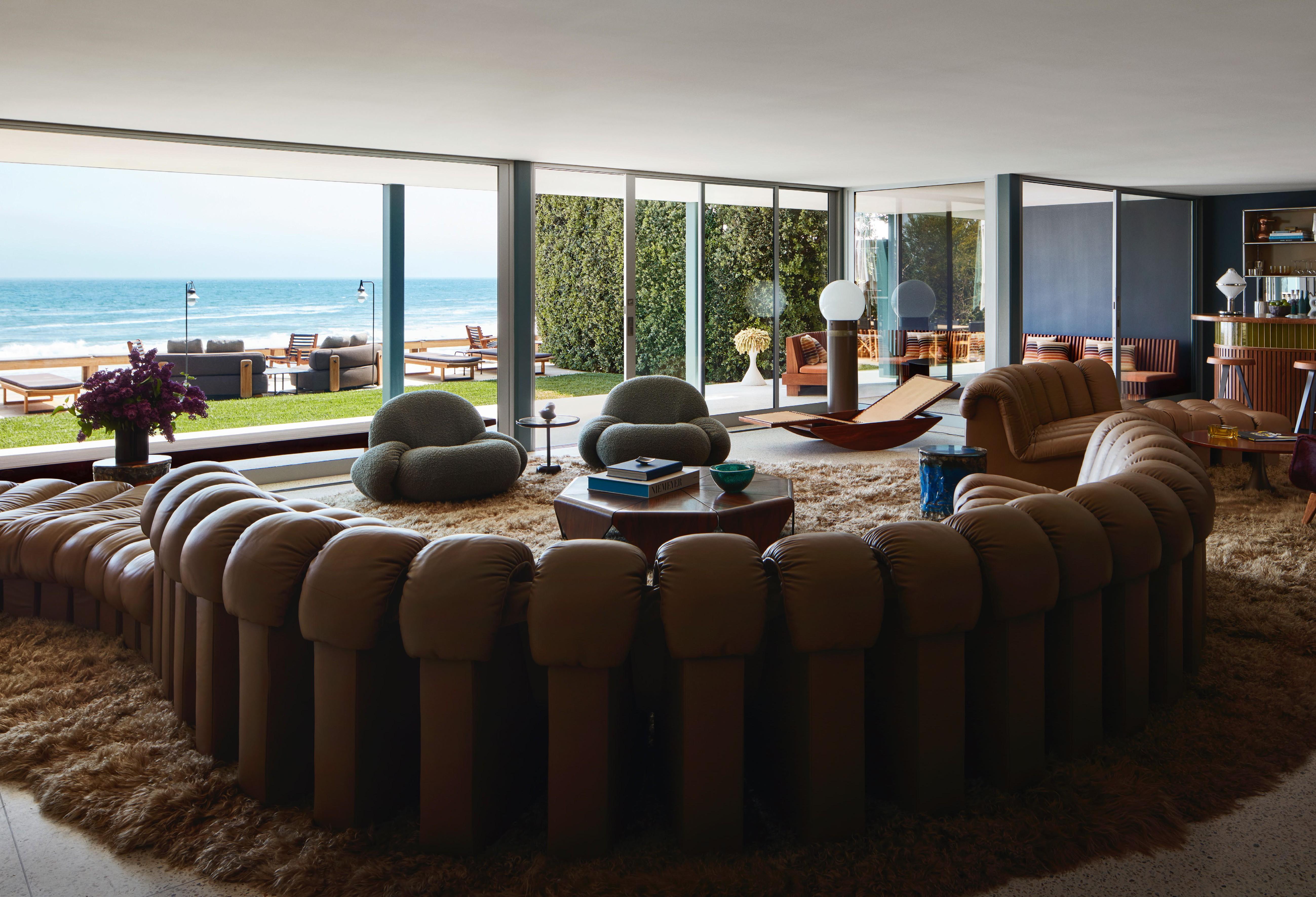 Inside a Malibu beach house with true star quality
Inside a Malibu beach house with true star qualityBond movies and Brazilian modernism are the spur behind this Malibu beach house, infused by Studio Shamshiri with a laid-back glamour